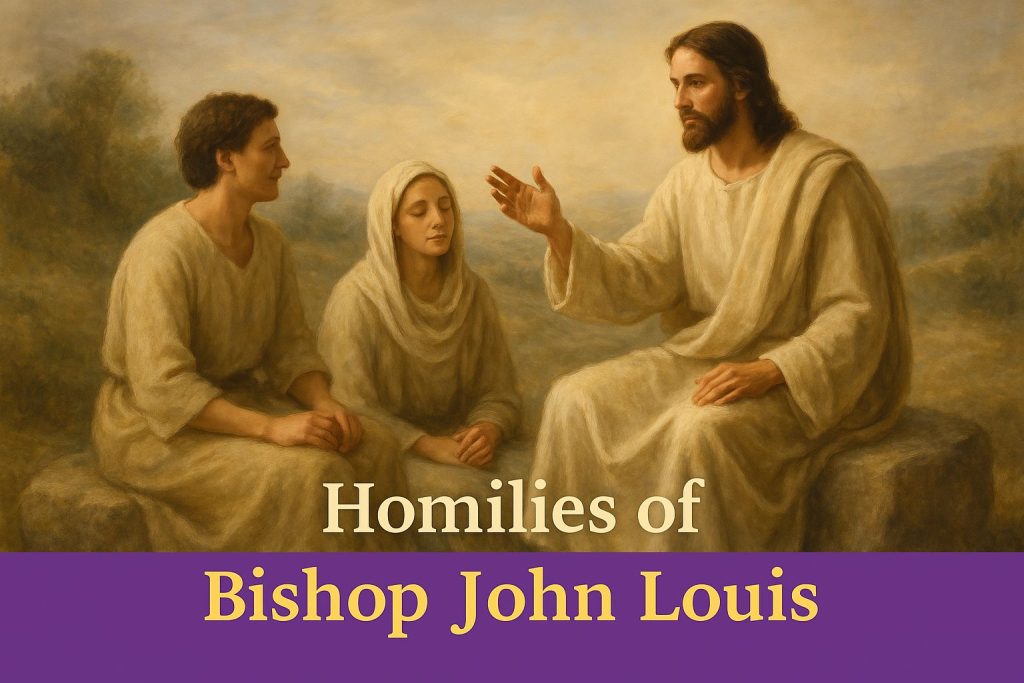THEME: THE RESURRECTION OF CHRIST
READINGS: Acts 10:34, 37-43/ Colossians 3:1-4/ John 20:1-9
Easter Sunday
Many countries across the world experienced the spectacular phenomenon of the eclipse of the sun on 29th March, 2006. There was complete darkness for about three minutes then the superiority of the light of the sun showed up again. This is symbolic of the resurrection of Christ (the Light of the world: John 8:12) who arose on the third day after his death. Remember that at the crucifixion of Christ our Light, darkness covered the whole land for three hours (Mark 15:33). The Easter Vigil Liturgy of the light, in which there is a bonfire and the lighting of candles, portrays how Christ, the Light of the world, conquered the world of darkness by his resurrection.
Jesus predicted that ‘the Son of Man must suffer many things, and be rejected by the elders and chief priests and scribes, and be killed, and after three days rise again’ (Mark 8:31). When he said that he would rise again on the third day, the chief priests, Pharisees and scribes who knew the Hebrew Bible (Old Testament) were worried. So they asked Pilate to seal the tomb of Jesus and position guards there (Matt. 27:62-66).
There are many things in the Old Testament concerning ‘three days’ or the ‘third day’ that made the chief priests, elders and Pharisees apprehensive. I will refer to just a few of these:
- In Genesis, it was on the third day that Abraham saw the place to sacrifice Isaac (Gen. 22:4). But since God provided a ram in the place of Isaac, we could say that he was raised back to life on the third day (cf. Heb. 11:17-19).
- In Gen. 40:12-20, the Egyptian cupbearer, Joseph and others were in prison in Egypt, when the cupbearer had a dream. Joseph interpreted the dream to mean that the cupbearer would be released in three days, and it was so.
- In the story of Exodus, one of the punishments that Pharaoh and his people suffered was darkness for three days (Exodus 10:22).
- Again, God instructed Moses that the Israelites were to prepare themselves to meet him on Mt. Sinai; there God revealed himself on the third day (Exodus 19:1-15).
- We are also very familiar with the story of Jonah; he was in the belly of the whale for three days (Jonah 1:17). Jesus himself alluded to this when he spoke about his death and resurrection (Matt. 12:40).
- The final reference from Hosea is very interesting. Hosea told his wayward people: ‘Come, let us return to Yahweh…He has struck us down, but…two days later he will bring us back to life; on the third day, he will raise us up’ (Hosea 6:1-7).
It should be now very clear why the chief priests and Pharisees were worried to hear Jesus say that he would rise on the third day. No wonder, they got seasoned soldiers to guard the tomb. Beloved, Archbishop Fulton Sheen saw an irony in this: is it not fitting that when the King of kings was asleep there would be guards to keep watch? Do we not have soldiers watching when our president is asleep?
As a student one of the movies I watched was entitled, ‘Mission Impossible!’ If the intention of the Pharisees and others was to prevent Jesus from rising from the dead, then that was a mission impossible: for however ‘machoed’ (physically well-built) the soldiers were, they could not withstand the power of the resurrection. How could someone with a ‘ti abrofƐ’ [an eighteenth century gun-powder] rifle stand against another dropping nuclear bomb from an aircraft? Matthew 28:1-10 tells us that the power of the resurrection effected an earthquake, blew away the stone at the entrance of the tomb, chloroformed and paralyzed the soldiers. Their lives were spared only so that they could testify the resurrection to people who were even not prepared to listen to the truth.
Thus, like Isaac, Jesus came back to life on the third day; like the Egyptian cupbearer, Jesus came out of the prison of the tomb on the third day; as in Exodus event, Jesus saw light again after three days of darkness; and like Jonah who came out of the belly of the whale, Jesus arose after three days in the belly of the earth. Hence, he says: ‘It is I, the First and the Last. I am the Living One; I was dead and now I am alive forever and ever; I hold the keys of death and the nether world’ (Rev. 1:8, 17-18).
Saul, as we know persecuted the early Christians, but his whole life was turned around when he encountered the risen Lord, the man Saul thought was dead and gone. Saul, who became Paul, was so affected by the resurrection of Christ that he would firmly state: ‘All I want is to know Christ and the power of His resurrection’ (Phil. 3:10). Indeed for all Christians, the resurrection is the foundation of our faith and hope in Jesus Christ. This St. Paul underscores for all of us:
If there is no resurrection of the dead, then not even Christ has been raised. And if Christ has not been raised, our preaching is useless and so is your faith…if Christ has not been raised, your faith is futile; you are still in your sins. Then those also who have fallen asleep in Christ are lost. If only for this life we have hope in Christ, we are to be pitied more than all men. But [the truth and the good news is:] Christ has indeed been raised from the dead, the first fruits of those who have fallen asleep (1 Cor. 15:13-20).
Beloved, may our faith in the resurrection of Jesus Christ be renewed this Easter and always; and may this strengthen ever more our resolve to lead lives worthy of eternity. Amen!
By Very Rev. Fr. John Louis
